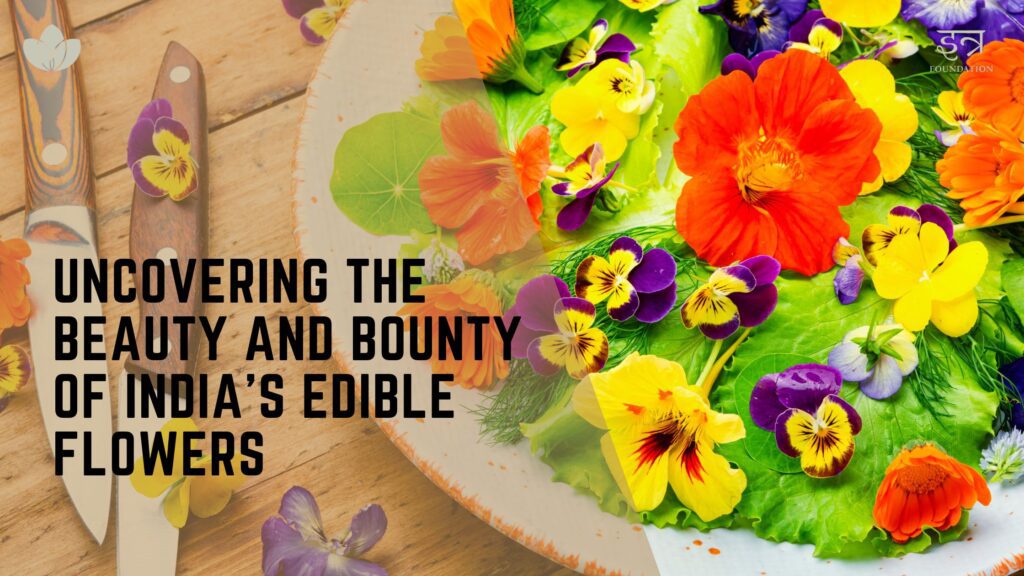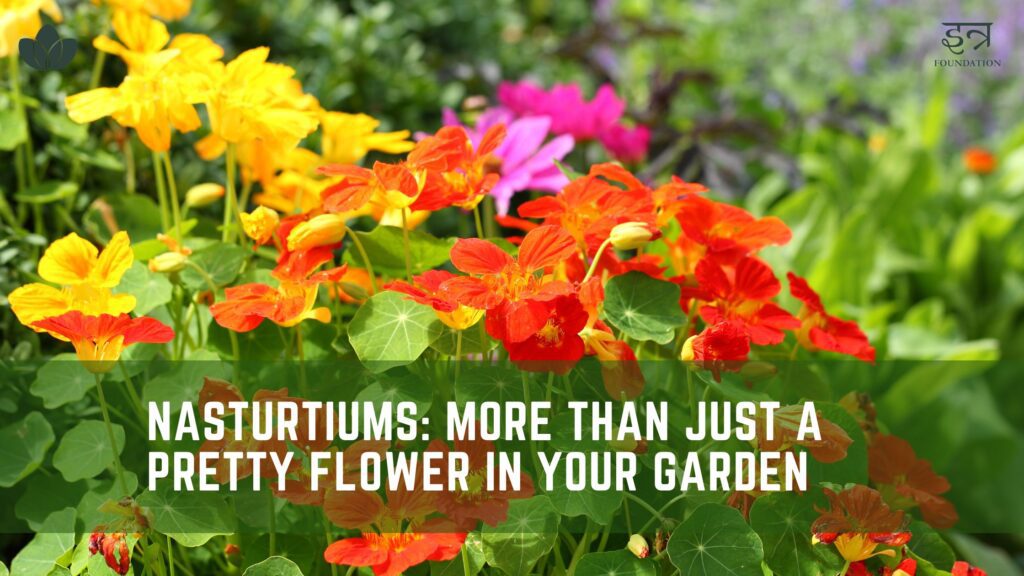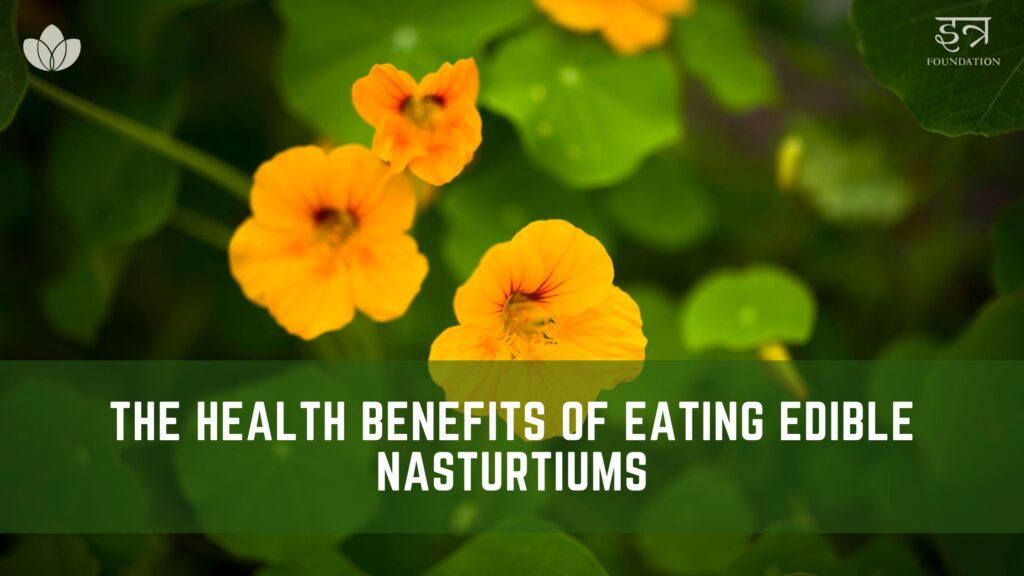What are Edible Flowers
Edible flowers refer to the petals or whole flowers of plants that are safe for human consumption. They are used in cooking, baking, and decorating to add color, flavor, and nutrition to dishes.
Identifying Edible Flowers
When identifying edible flowers in the wild in India, it is important to be cautious and make sure the flowers are safe for consumption. Some tips for identifying edible flowers in the wild in India include:
- Research and educate yourself on the different types of edible flowers in India. Learn about the common characteristics and appearance of these flowers, including the color, size, and shape of their petals.
- Look for flowers that are in season. Some flowers are only available at specific times of the year, so make sure you are looking for flowers that are in season and readily available.
- Be sure to check for any signs of pesticide or herbicide use. Flowers that have been treated with these chemicals are not safe for consumption.
- Look for flowers that are growing in a clean and safe environment. Flowers growing near roads or industrial areas may have been exposed to pollution and other harmful substances.
- Observe the surroundings of the flower, and make sure it is growing in an area that is free from any potential contaminants such as animal waste or industrial runoff.
- When in doubt, consult with a local expert or specialist in identifying edible flowers in India. They will be able to provide you with additional information and advice on which flowers are safe to consume and how to properly identify them.
- Always taste a small amount of the flower before consuming it in large quantities. Some flowers may have a bitter taste or cause an allergic reaction, so it is important to proceed with caution.
By following these tips and taking the time to educate yourself on the different types of edible flowers in India, you can safely and confidently identify and incorporate these unique and delicious ingredients into your cooking and dining experiences.
Types of Edible Flowers Commonly Used in Indian Cooking
In India, many different types of flowers are used in cooking, including marigolds, jasmine, hibiscus, roses, and more. Some of the most popular edible flowers used in India include:
- Marigold (Genda Phool)
- Jasmine (Mogra)
- Hibiscus (Gudhal)
- Roses (Gulab)
- Chrysanthemum (Guldaudi)
- Pansies (Choora)
- Squash Blossoms (Kakdi Ke Phool)
Each of these flowers have their own unique flavor and texture and can be used in a variety of dishes such as curries, rice dishes, desserts, and beverages. Marigold, for example, is often used in traditional Indian sweets like Gulab Jamun and can also be used to add color to rice dishes. Jasmine, on the other hand, has a delicate floral flavor and is often used in teas, desserts and as a garnish for cocktails.
Hibiscus, commonly known as Gudhal, has a tangy and slightly bitter taste and is often used to make cooling drinks like sherbet and lassi. Roses, also known as Gulab, are used to flavor syrups and sweets and also used as a natural food coloring. Chrysanthemum, or Guldaudi, has a slightly bitter taste and is often used in soups and stews.
Squash blossoms have a mild and slightly sweet taste and can be used in a variety of dishes such as omelettes and pasta sauces. Pansies, or Choora, have a mild, slightly sweet and slightly grassy flavor and can be used as a garnish or in salads. Edible flowers are an exciting and unique ingredient that add flavor, color, and beauty to Indian cuisine. Whether you’re a seasoned cook or a beginner, incorporating edible flowers into your dishes is a great way to experiment with new flavors and add a touch of elegance to your cooking.
In India, cooking with edible flowers is a popular and well-established tradition that dates back centuries. In fact, the use of flowers in cooking is an integral part of the Indian culinary heritage, adding not only a unique flavor and aroma, but also a beautiful visual appeal to dishes. Edible flowers play an important role in Indian cooking, adding both flavor and beauty to dishes. Whether you are looking for a unique twist on traditional recipes or want to explore new culinary techniques, incorporating edible flowers into your cooking is a fun and rewarding experience.
Shankpushpi flowers
Shankpushpi is a type of flowering plant commonly found in India. The scientific name of this plant is Convolvulus pluricaulis, and it belongs to the family Convolvulaceae. This plant is known for its medicinal properties and is commonly used in Ayurvedic medicine to treat various health issues.
The leaves and flowers of Shankpushpi are used to prepare remedies for improving mental and cognitive function, reducing stress and anxiety, and improving memory and concentration. It is also known to have a calming effect on the mind and is commonly used to treat insomnia and other sleep-related disorders.
In Indian cooking, Shankpushpi flowers are used to add a subtle flavor to dishes. They are often used as a natural food coloring agent, and the bright yellow color of the flowers can enhance the visual appeal of dishes. Additionally, Shankpushpi is also used in the preparation of traditional sweets and desserts.
In conclusion, Shankpushpi is a versatile plant that has numerous health and culinary benefits. Its medicinal properties make it an important plant in Ayurvedic medicine, while its use in cooking adds a unique flavor and color to dishes.
Banana Blooms
Banana blooms are the large, pink or purple flowers that grow at the end of a banana bunch. These flowers are edible and are commonly used in South Asian cuisine. The petals of the banana blooms have a slightly sweet and slightly sour flavor, similar to that of an artichoke heart. They can be used in various dishes such as curries, stews, soups, and salads.
In India, banana blooms are commonly used in traditional dishes such as vazhapoo vadai and vazhapoo kootu. Vazhapoo vadai is a deep-fried snack made from the banana bloom petals mixed with a batter of gram flour and spices. Vazhapoo kootu is a vegetable stew made from the banana blooms and other vegetables, flavored with spices and coconut milk.
In addition to their delicious flavor, banana blooms are also rich in fiber, vitamins, and minerals, making them a nutritious and healthy addition to one’s diet. They are particularly high in vitamin C, potassium, and iron.
In conclusion, banana blooms are a versatile and flavorful ingredient that add depth and nutrition to many different types of dishes in South Asian cuisine.
Moringa Flowers
Moringa flowers, also known as drumstick flowers, come from the Moringa tree which is native to the Himalayan region of India. These flowers are small and white in color, with a delicate and sweet fragrance. They are a popular ingredient in many traditional Indian dishes and are well known for their high nutritional value and medicinal properties.
Moringa flowers are rich in vitamins and minerals such as calcium, iron, and vitamins A and C. They also contain antioxidants and anti-inflammatory compounds that have been shown to improve overall health and well-being.
In Indian cooking, moringa flowers are used in a variety of dishes including curries, soups, stews, and even in the preparation of herbal tea. They are also used as a garnish for salads and rice dishes to add flavor and nutrition.
One of the most common ways to use moringa flowers in Indian cooking is in the form of a dry powder. This powder is made by sun-drying the flowers and grinding them into a fine powder that can be added to dishes to enhance their flavor and nutritional content.
moringa flowers are a delicious and nutritious ingredient that can add flavor and nutrition to many different Indian dishes. So, next time you’re cooking, consider incorporating this superfood into your meals.
Marigold (Genda Phool)

Marigold flowers, also known as Genda Phool in India, are a popular edible flower used in Indian cooking. Marigold flowers have a slightly bitter taste and are often used in rice dishes, salads, and soups. They are a rich source of antioxidants and have been used in traditional Indian medicine for their anti-inflammatory and antiseptic properties. The petals of the marigold flower are bright yellow or orange in color, making them a visually appealing addition to any dish. These flowers are easy to grow in a home garden and are widely available in Indian markets.
Jasmine (Mogra)
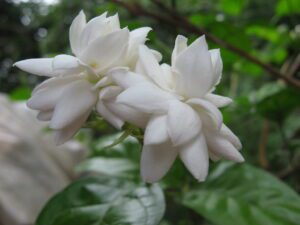
Jasmine (Mogra) is a popular edible flower in India, known for its sweet and fragrant aroma. It is used in a variety of dishes, from sweet to savory, and is especially popular in rice-based dishes and desserts. The delicate petals can be used whole or crushed and added to dishes for flavor and aroma. They are also commonly used in teas, syrups, and in the preparation of Indian sweets such as jalebis. Mogra is also used in religious and cultural ceremonies in India, making it an important part of the country’s heritage and tradition.
Hibiscus (Gudhal)
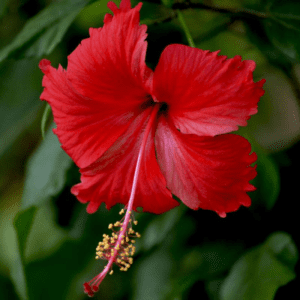
Hibiscus, also known as Gudhal in India, is a popular edible flower used in cooking and traditional medicinal practices. The petals of the hibiscus flower are known for their tart and slightly sweet flavor, making them a popular addition to teas, salads, and other dishes. In Indian cooking, hibiscus is often used to add flavor and color to rice dishes, curries, and soups.
Hibiscus is also prized for its health benefits, including its ability to reduce blood pressure, improve skin health, and boost the immune system. The petals of the hibiscus flower contain high levels of antioxidants, vitamin C, and other nutrients that support overall health and wellness.When using hibiscus in cooking, it is important to remove the bitter white base of the petals before use. The petals can be used fresh or dried, and they will retain their vibrant red color even after cooking. Whether fresh or dried, hibiscus is a delicious and nutritious addition to any meal.
Roses (Gulab)

Roses (Gulab) are popularly used in cooking and are known for their delicate fragrance and beautiful appearance. They are a common ingredient in sweets, syrups, and garnishes in India. The petals of the rose have a sweet, floral flavor and are used to add color and flavor to dishes. The flower can be used in a variety of dishes, including sweet and savory dishes, desserts, and teas. It is also used to make rose water and rose petal syrup, which are popular ingredients in Indian cuisine. When using roses in cooking, it is important to choose unsprayed and pesticide-free flowers, as the petals are edible and can easily absorb harmful chemicals.
Chrysanthemum (Guldaudi)

Chrysanthemum (Guldaudi) is a popular edible flower in Indian cooking. The petals of this flower are used as a flavorful and aromatic addition to various dishes, especially sweet dishes such as kheer, puddings, and cocktails. Chrysanthemum flowers have a slightly sweet and spicy taste, with a delicate texture that adds a unique and exotic flavor to dishes. They are also commonly used in Indian tea blends and are said to have medicinal properties, including being used as a remedy for colds and flu. Additionally, chrysanthemum flowers are often used in traditional Chinese medicine and have been found to have antioxidants and anti-inflammatory properties.
Pansies (Choora)

Pansies, also known as Choora, are a type of edible flower commonly used in Indian cooking. They have a sweet and slightly tangy flavor and are often used as a garnish or to add a pop of color to dishes. Pansies have a delicate appearance and come in a range of colors, including yellow, purple, and red. They are often used in salads, to decorate cakes, or as a topping for soups and stews. In addition to their use in cooking, pansies have also been used in traditional medicine to treat various ailments.
Squash Blossoms
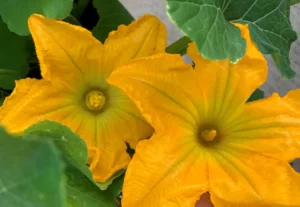
(Kakdi Ke Phool): Squash blossoms, also known as “kakdi ke phool” in India, are the edible flowers of the squash plant. They are used in a variety of dishes, including stews, soups, curries, and as a topping on pizzas and other dishes. The delicate and slightly sweet flavor of squash blossoms is what makes them so popular in cooking. They are rich in vitamins and minerals, and are a great addition to any dish for added flavor and nutrition.
Nasturtiums
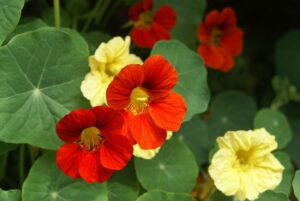
Nasturtiums: Nasturtiums are a popular edible flower in India and are commonly used in salads and garnishing dishes. They have a slightly peppery taste and add a vibrant pop of color to any dish. Nasturtiums are easy to grow and come in a variety of colors, including yellow, orange, and red. They are also rich in Vitamin C and have been used in traditional medicine to treat various ailments.


